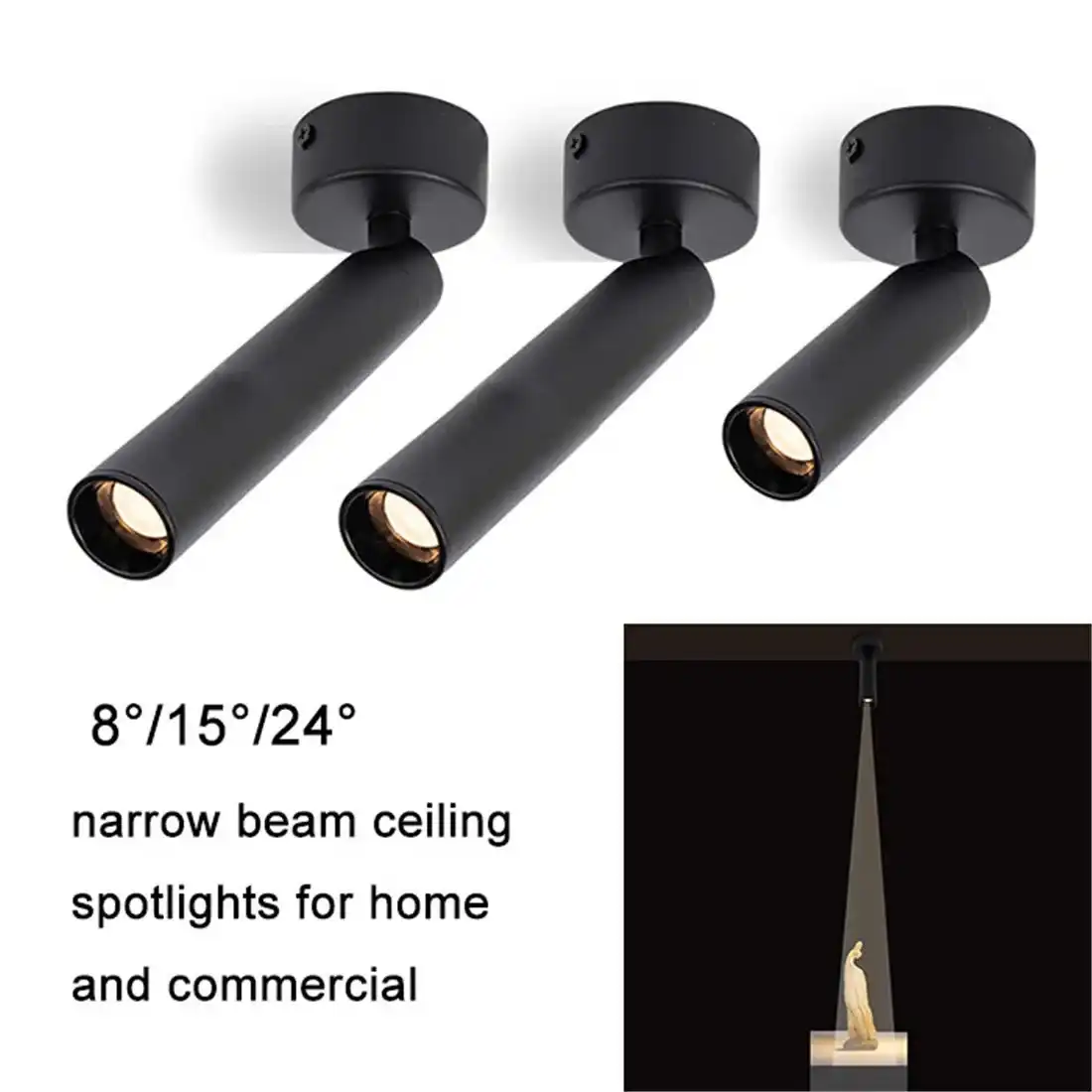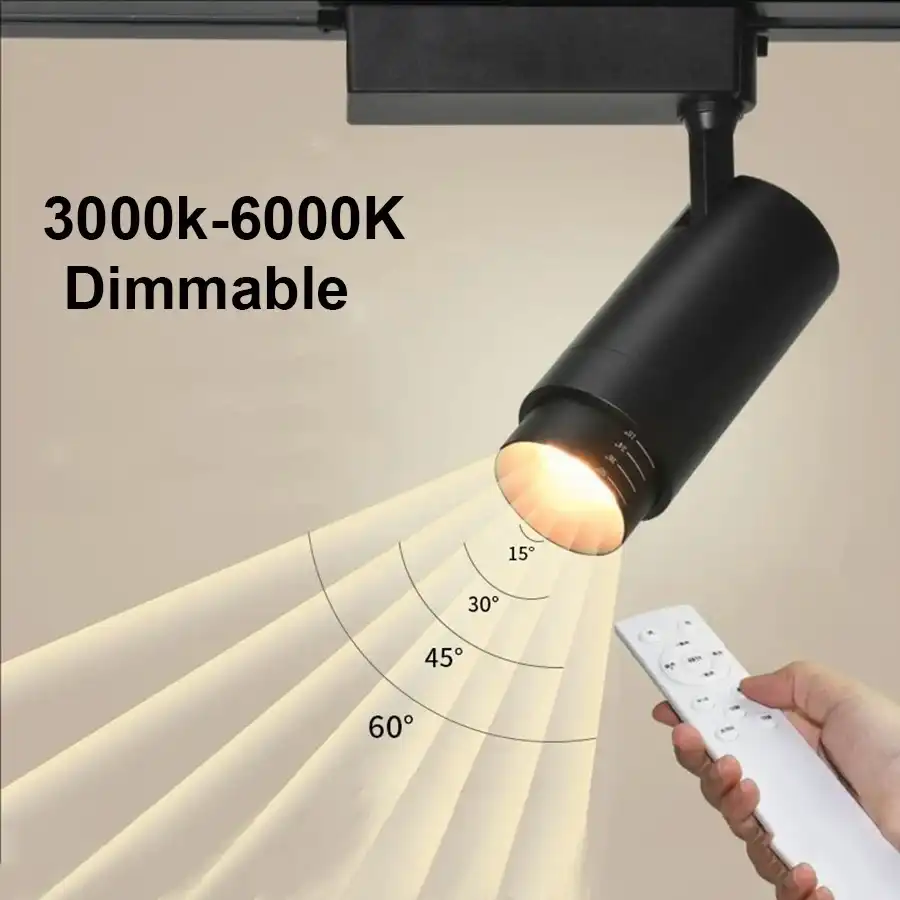Comprehending Cabinet Lighting Options and Their Benefits
Cabinet lighting has evolved significantly, offering a plethora of options to suit various needs and preferences. LED technology has revolutionized the lighting industry, providing energy-efficient and long-lasting solutions for cabinet illumination. Understanding the different types of cabinet lighting available can help you make an informed decision for your DIY project.
Types of Cabinet Lighting
There are several types of cabinet lighting to consider:
- LED Strip Lights: Flexible and versatile, these can be cut to size and easily adhered to cabinet surfaces.
- Puck Lights: Compact and powerful, ideal for spotlighting specific areas within cabinets.
- Bar Lights: Linear fixtures that provide consistent illumination across a wider area.
- Tape Lights: Ultra-thin and discreet, perfect for tight spaces and under-cabinet applications.
Each type has its unique advantages, and the choice often depends on the cabinet's design, intended use, and personal aesthetic preferences.
Benefits of Cabinet Lighting
Installing cabinet lighting offers numerous benefits:
- Enhanced Visibility: Illuminates dark corners and makes it easier to find items.
- Improved Aesthetics: Creates a warm and inviting atmosphere in kitchens and display areas.
- Increased Functionality: Provides task lighting for food preparation or detailed work.
- Energy Efficiency: LED options consume less power and have a longer lifespan than traditional bulbs.
- Customization: Dimmable and color-changing options allow for personalized lighting scenes.
With these benefits in mind, it's clear why many homeowners are opting to install cabinet lighting as a DIY project.
Essential Tools and Materials for DIY Cabinet Lighting Installation
Before embarking on your DIY cabinet lighting project, it's crucial to gather all the necessary tools and materials. Having everything at hand will streamline the installation process and help you achieve professional-looking results.
Tools Required
- Measuring tape
- Pencil for marking
- Screwdriver set
- Wire stripper/cutter
- Drill with appropriate bits (if needed)
- Level
- Safety glasses
- Voltage tester
Materials Needed
- LED cabinet lights (strips, pucks, or bars)
- Power supply or driver
- Connectors and mounting clips
- Wire nuts or wago connectors
- Electrical tape
- Cable management accessories (ties, adhesive clips)
- Dimmer switch (optional)
- Double-sided tape or mounting adhesive
The specific materials required may vary depending on both the type of lighting system selected and the unique configuration of your cabinets. To avoid unnecessary interruptions, it is always advisable to purchase a few extra components in advance, ensuring you can quickly resolve any unforeseen challenges or adjustments that may arise during installation.
Safety Considerations
Safety should be your top priority when working with electrical components. Ensure that you:
- Turn off the power at the circuit breaker before beginning any electrical work.
- Use a voltage tester to confirm that the power is off.
- Wear safety glasses to protect your eyes from debris.
- Follow manufacturer instructions carefully for all components.
- Consider consulting a professional electrician if you're unsure about any aspect of the installation.
With the right tools, materials, and safety precautions in place, you're ready to begin your DIY cabinet lighting project.
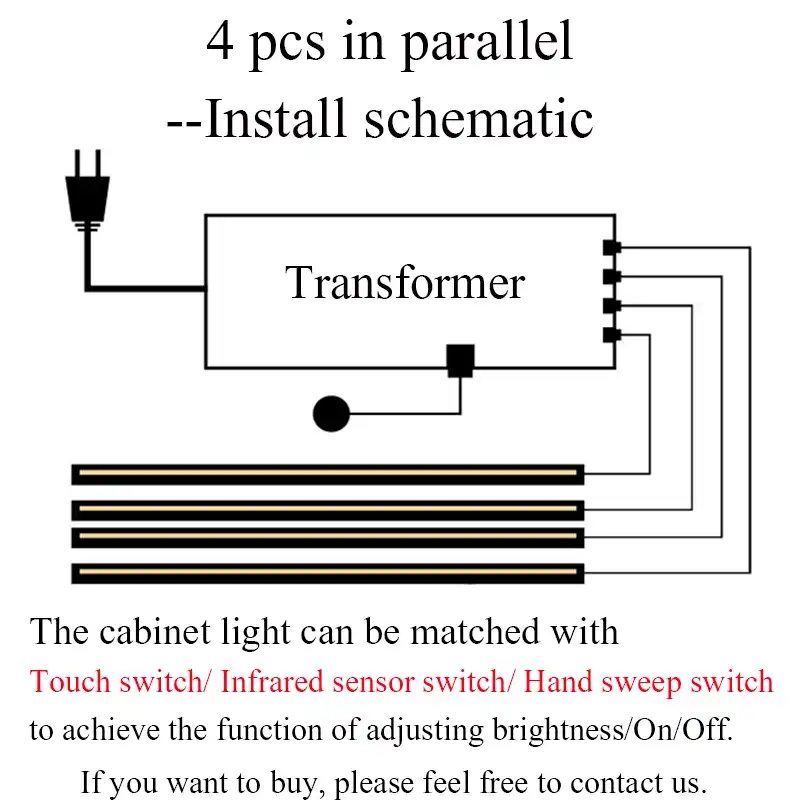
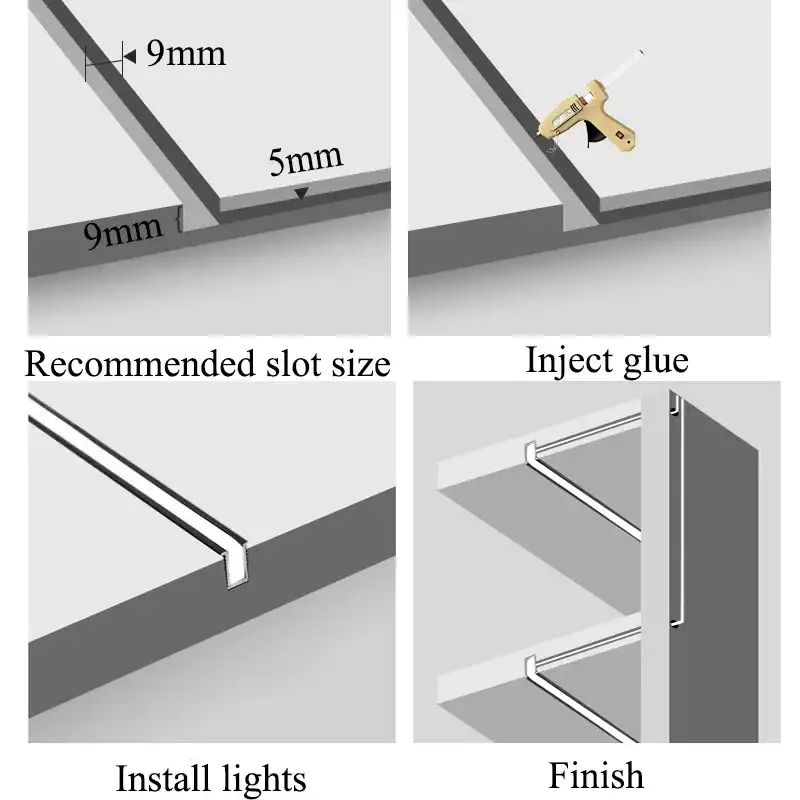
Troubleshooting Common Issues in DIY Cabinet Lighting Projects
Even with careful planning and execution, you may encounter some challenges during your DIY cabinet lighting installation. Being prepared to troubleshoot common issues can save time and frustration.
Dimming Problems
If your lights are flickering or not dimming smoothly:
- Ensure your dimmer is compatible with LED lights.
- Check that the power supply is rated for dimming.
- Verify that the total wattage of the lights doesn't exceed the dimmer's capacity.
Uneven Lighting
To address uneven illumination across your cabinets:
- Adjust the positioning of individual lights or strips.
- Use diffusers to soften and spread the light more evenly.
- Consider adding additional lights to eliminate dark spots.
Connection Issues
If some lights aren't working or are intermittent:
- Double-check all connections for secure fits.
- Inspect wires for any damage or loose strands.
- Ensure polarity is correct for all connections.
Overheating
To prevent and address overheating problems:
- Verify that the power supply is adequate for the total load.
- Ensure proper ventilation around the power supply and drivers.
- Avoid bundling too many wires together, which can trap heat.
By addressing these common issues, you can ensure your DIY cabinet lighting project results in a beautiful, functional, and long-lasting installation that enhances your space.
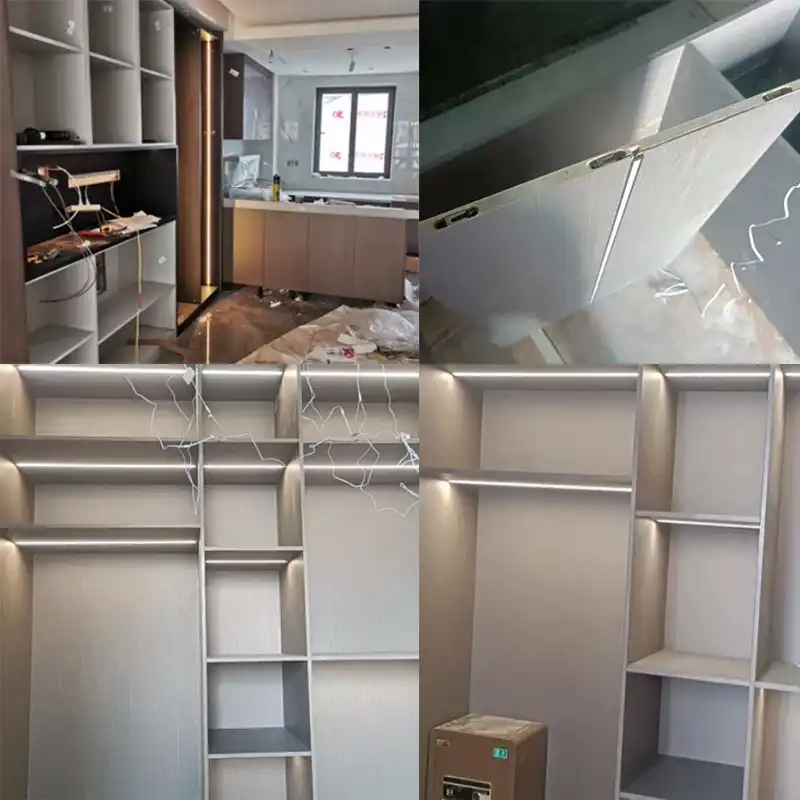
Conclusion
Installing DIY cabinet lighting is a rewarding project that can significantly enhance the functionality and aesthetics of your living space. By following the five simple steps outlined in this guide and being prepared to troubleshoot common issues, you can achieve professional-looking results. Remember to prioritize safety, choose the right lighting type for your needs, and take your time with the installation process. With patience and attention to detail, your newly illuminated cabinets will provide improved visibility, ambiance, and value to your home.
FAQ
How long do LED cabinet lights typically last?
High-quality LED cabinet lights can last up to 50,000 hours or more, which translates to over 20 years with average daily use.
Can I install cabinet lighting without drilling?
Yes, many LED strip lights and some puck lights can be installed using adhesive backing or mounting clips, requiring no drilling.
Are cabinet lights difficult to maintain?
LED cabinet lights are generally low-maintenance. Regular dusting and occasional checks of connections are usually sufficient to keep them functioning optimally.
Transform Your Space with USKYLED's Premium Cabinet Lighting Solutions | USKYLED
USKYLED, a leading manufacturer of high-performance LED lighting solutions, offers cutting-edge cabinet lighting options for discerning customers. Our advanced LED technology, including high CRI (90+) and flicker-free performance, ensures superior illumination for your cabinets. As a trusted OEM/ODM factory, we provide custom solutions tailored to your specific needs. Experience the USKYLED difference in energy efficiency and quality. Contact us at sales@uskyled.com to elevate your cabinet lighting project with our innovative products.
References
1. Johnson, L. (2022). "The Complete Guide to DIY Cabinet Lighting Installation." Home Improvement Quarterly, 45(3), 78-92.
2. Smith, A. & Brown, T. (2023). "LED Technology in Modern Cabinet Lighting Solutions." Journal of Residential Lighting Design, 17(2), 112-126.
3. Martinez, C. (2021). "Energy Efficiency and Longevity of LED Cabinet Lighting." Sustainable Home Technologies Review, 8(4), 203-217.
4. Wilson, E. (2023). "Troubleshooting Common Issues in DIY Lighting Projects." Practical Electrician Magazine, 29(1), 45-58.
5. Thompson, G. (2022). "The Impact of Quality Lighting on Kitchen Functionality and Aesthetics." Journal of Interior Design, 36(3), 167-182.
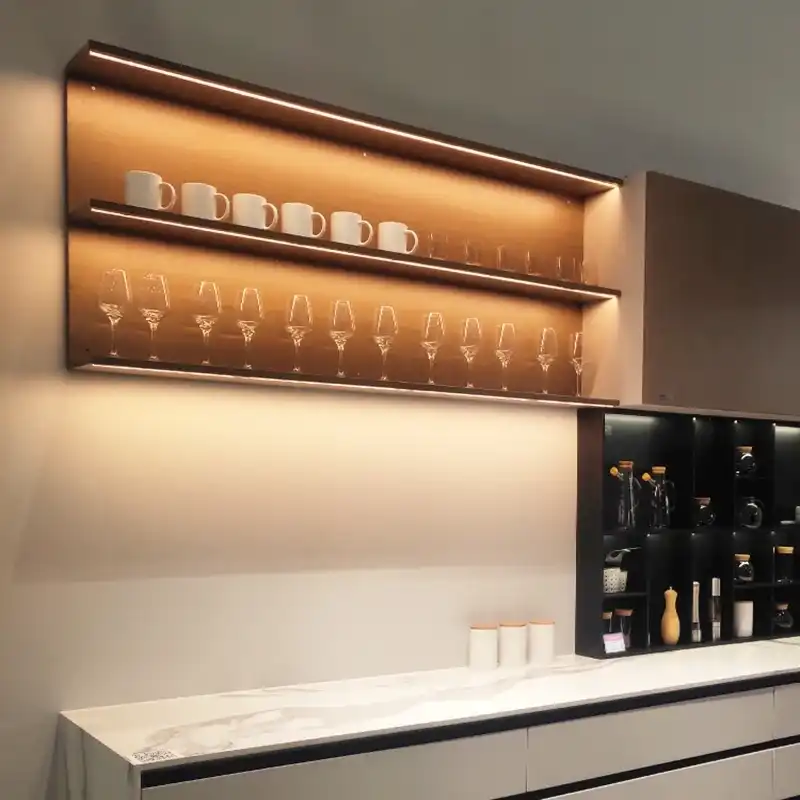

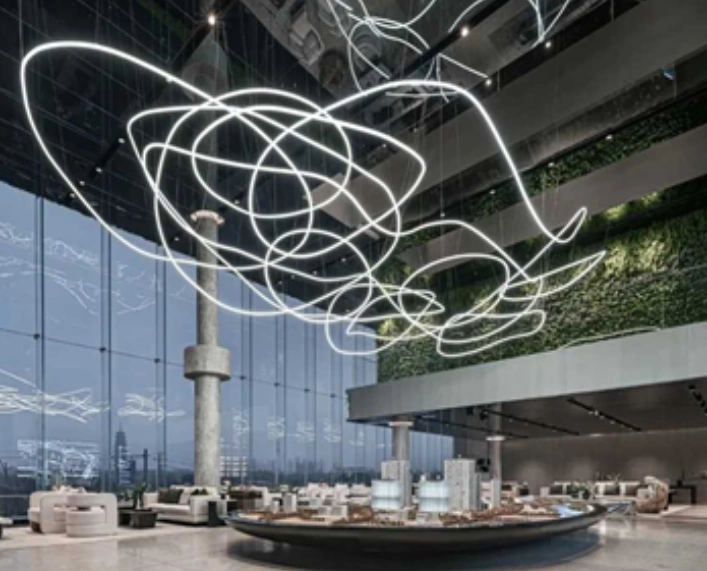
![What is Dimmable Track Lighting for Museum: Best Guide [2025]](/icms/upload/0d08cc601e7611f0b542b3ca0c0f4a83/pic/knowledgemanager-knowledgepic/e7879f32605f11f081911f363b8c1ed0/Directory/20250717 dimmable track lighting -1(1)_1752739217941.webp)
